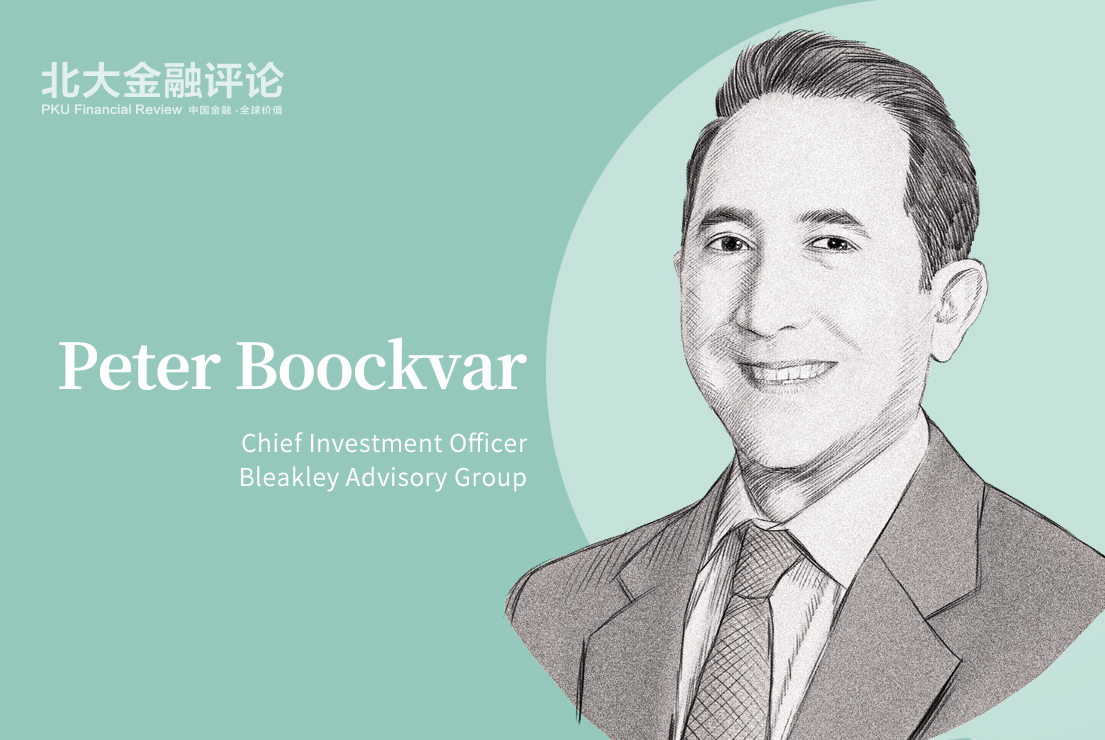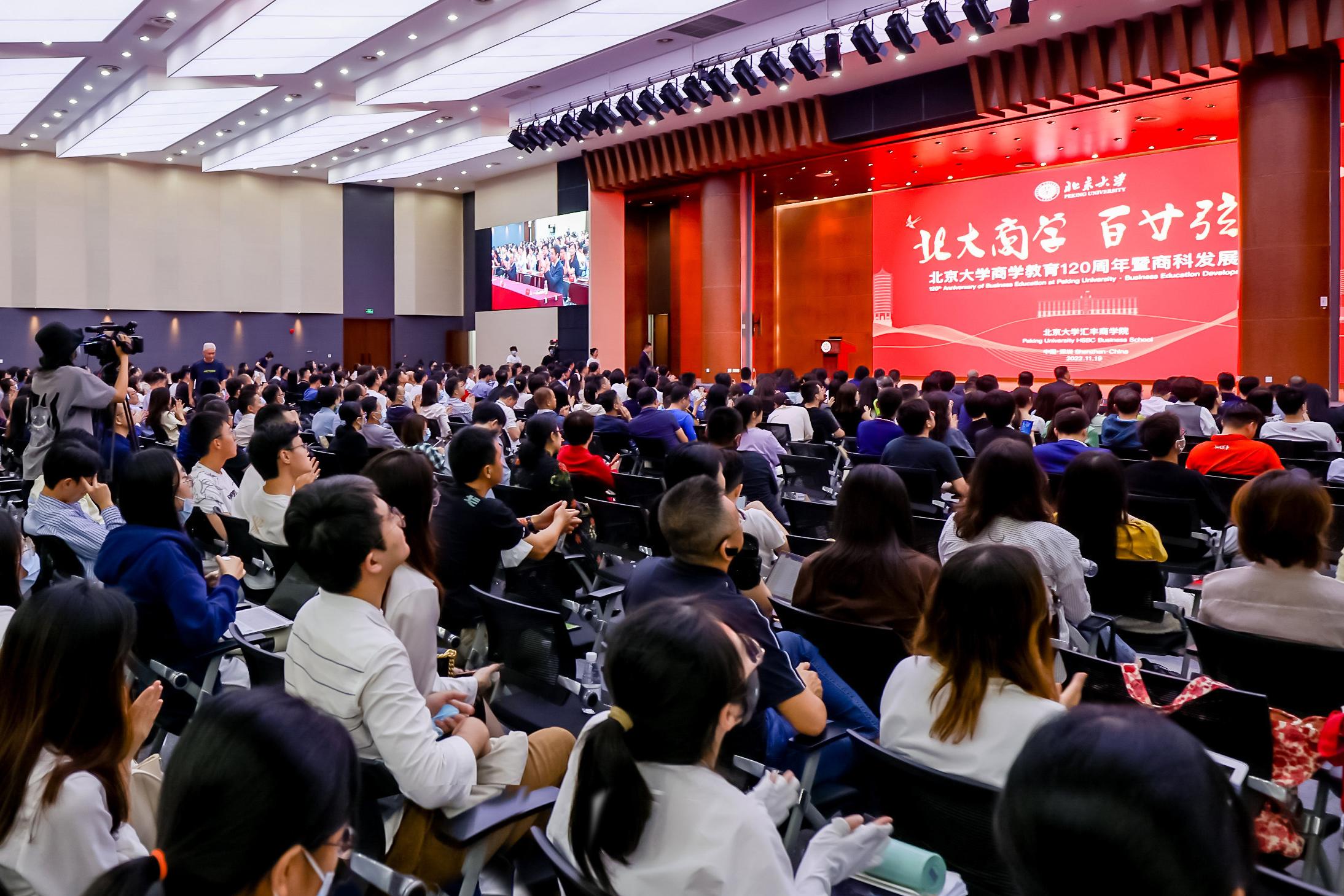The coordination of venture capital (VC) investors in their syndicate significantly influences their choice of contractual terms and portfolio firm performance. The difficulties in coordination and corporate monitoring incentivize VC investors to choose contractual mechanisms designed to protect them from the downside risks of early-stage entrepreneurial firms. Moreover, their firms experience a poorer exit outcome.
Despite the prevalence of syndication in the majority of VC investments, the coordination of VC investors in syndicates and their role in monitoring the portfolio firms are less understood. The free-rider problem and divergent incentives within VC syndicates can cause coordination friction and thus prevent VC investors from performing effective monitoring of their portfolio firms.
In the paper “Venture Capital Coordination in Syndicates, Corporate Monitoring, and Firm Performance” published in the
Journal of Financial Intermediation, PHBS Assistant Professor Seungjoon Oh examines how the coordination of venture capital (VC) investors in their syndicate, as measuredby their geographic concentration, affects their choice of ex ante contractual terms and firm performance. His coauthors are Jun-KooKang, Nanyang Business School, Nanyang Technological University and Li Yingxiang, the Sauder School of Business, University of British Columbia.
Specifically, they hypothesize that the geographic proximity of VC investors improves their coordination and monitoring effectiveness through better information sharing and reduced free rider problems. This improved coordination and better monitoring incentivize geographically concentrated VC investors to rely less on costly ex ante contractual features than geographically dispersed VC investors and enhance the portfolio firms’ exit performance.
The distance between the VC investors can have a significant effect on the time and effort that VC investors need for effective networking, which is essential to the functioning of VC. In addition, VC networks play essential roles both in terms of value-added activities and deal sourcing, and geography and social connections are important considerations for VC investors when choosing their syndicate partners,together with the partners’ expertise, past shared successes, reputation, track records, and capital.
Therefore, Oh and his coauthors focus on the geographic concentration of VC investors, using 12,455 VC-backed U.S. entrepreneurial firms (45,604 VC investment rounds) covered by the Thomson Reuters’ VentureXpert database for the period 1995-2015 and measuring the geographic concentration of VC investors with VC fund-specific locations. Although the rapid development of telecommunications over the past decade has improved investors’ ability to collect and communicate information, the authors maintain that VC investors rely relatively more on soft information in evaluating new and ongoing investments rather than on hard information available from the internet and online communication. Thus, irrespective of the development of communication technologies, compared with remote VC investors, VC investors located near other VC investors tend to have greater ability to share private soft information about the firms through informal discussion and directly observe the investor specific characteristics of nearby VC syndicate members, such as their risk attitude, monitoring incentives, and coordination intention.
Compared to geographically concentrated VC investors, the research has found that geographically dispersed VC investors use more intense staged financing and a larger proportion of convertible securities in their investments in entrepreneurial firms to overcome their weaknesses in coordination and monitoring. In addition, portfolio firms with geographically concentrated VC investors enjoy better coordination outcomes, as evidenced by a higher proportion of the number of existing VC investors participating in the follow-up round of syndication and a greater likelihood of a successful exit through IPOs or acquisitions.
To address the endogeneity of the geographic concentration of VC investors, Oh and his coauthors use the introduction of new direct airline routes that reduce the travel times between VC investor locations as an exogenous shock to geographic distance. This identification setting that exploits the exogenous variation in the VC investors’ involvement after initial investments allows them to unambiguously examine the VC investors’ post-investment monitoring role given their unchanged initial screening abilities. Overall, the study provides new evidence on the role of investor coordination in VC investors’ choice of ex ante contractual features in their investments and how the geographic concentration among VC investors helps add value to portfolio firms by improving their monitoring abilities and incentives.
















